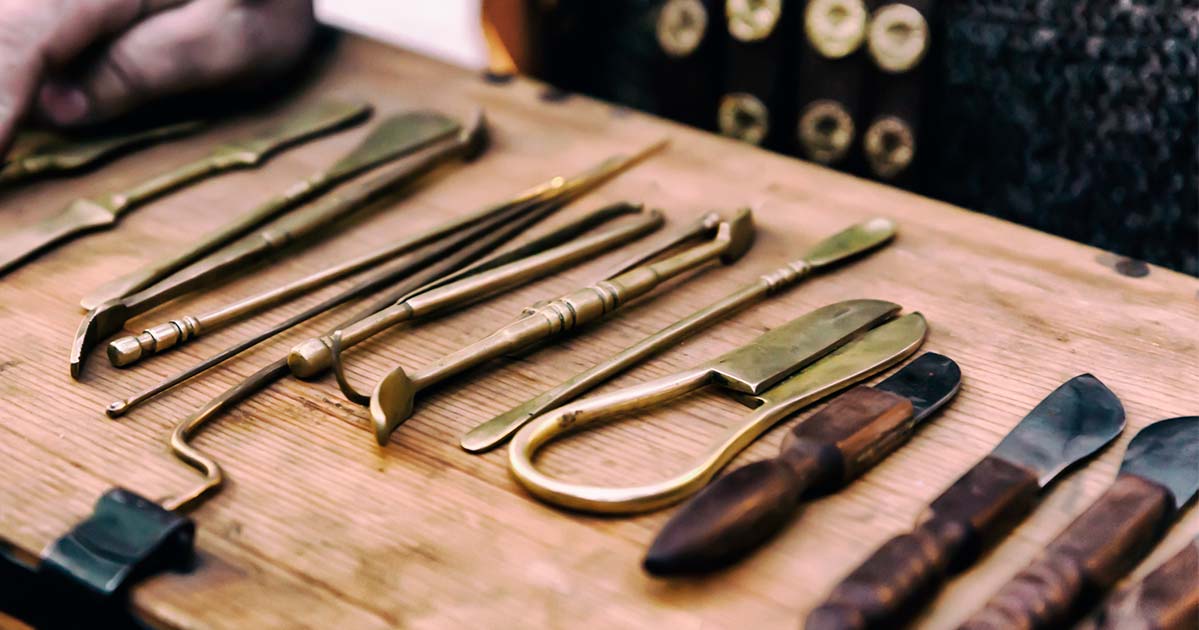The Gruesome Life of a Pirate Surgeon (Video)
During the Golden Age of Piracy danger was constant. Facing bullets, splinters, and diseases like scurvy, yellow fever, malaria, and smallpox, skilled surgeons were a necessity. 18th-century pirate surgeons, often called "Misters," commanded respect. These vital healers learned through seven-year apprenticeships which were rooted in studying the humors, an ancient theory. Bloodletting was common, despite limited medical tools. Surgeons varied, from indentured servants turned buccaneers to adventurous physicians. Pirates respected surgeons, offering better pay and privileges. As maritime laws tightened, pirates had to resort to force to secure the services of these invaluable practitioners, recognizing that their skills were essential for treating battle wounds and ailments.
Their duties included treating injuries, shaving beards, and cutting hair. Clean-shaven sailors were common due to scarce razors. In combat, injuries ranged from sword wounds to burns, with splinters causing gruesome harm. Surgery occurred on cramped decks with rudimentary anesthesia. Surgeons stocked medicine chests through plundering. Despite infection risks, some sanitary practices were followed. Limbs were amputated if necessary, leading to eyepatches and peg legs. Injured pirates received compensation in money or slaves. Without a surgeon, the captain or carpenter might step in, and pirates resorted to crude self-treatments.
- The Intricate World of Pirates, Privateers, Buccaneers, and Corsairs
- 10 Of The Most Famous Pirates, Male And Female, Who Ruled The Seas!
Top image: Pirate surgeon kit. Source: Kai Beercrafter / Adobe Stock.

















